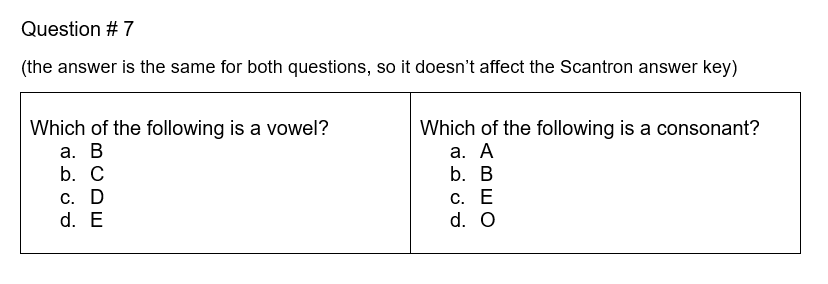Patch Nine: Choice
Patch nine: Shifting your design of assessments
“Give students choices. Ask yourself what are the key things all students need to learn, and what are the areas where I can give them choice. For example, if you’re not teaching a course whose core learning outcome is writing, you may give students choices to present their work in other forms like video. In contrast, if your core learning outcomes are writing or reading, but not tied to particular content, consider letting students choose their own topics for their reading or writing. Even though this may seem like it is unfair to students, think about how one student may generally be more skilled in writing than others, and how you are privileging that student if all of your assessments involve writing; also consider how some students can probably read and write well on topics they care deeply about, but not practice those skills on topics they do not care about.”
Having conducted SoTL research projects on UDL and written articles specifically focused on offering students choice within assessments, this quote spoke to me.
In my courses, students have some form of choice in all major assessments. Sometimes they get to choose which questions to answer on a test (offering 2 options for a few of the multiple choice questions in the test; see image as an example). Other times, they get to choose the topic of their assignment (from a list I provide with the option to propose their own); or the format of the assignment (written as an essay, powerpoint, or video). In some cases, they even get to choose the type of assessment to complete in order to demonstrate their learning (multiple choice test or project). In all of these cases, students have ownership of their learning and are therefore more (intrinsically) motivated during the process. This motivation is key because it helps to balance out the inherently extrinsically-motivated structure of academia that students face.
TweetExample for "Patch Nine: Choice":
https://bank.ecampusontario.ca/wp-content/uploads/2021/11/Choice1.png


Leave a Reply